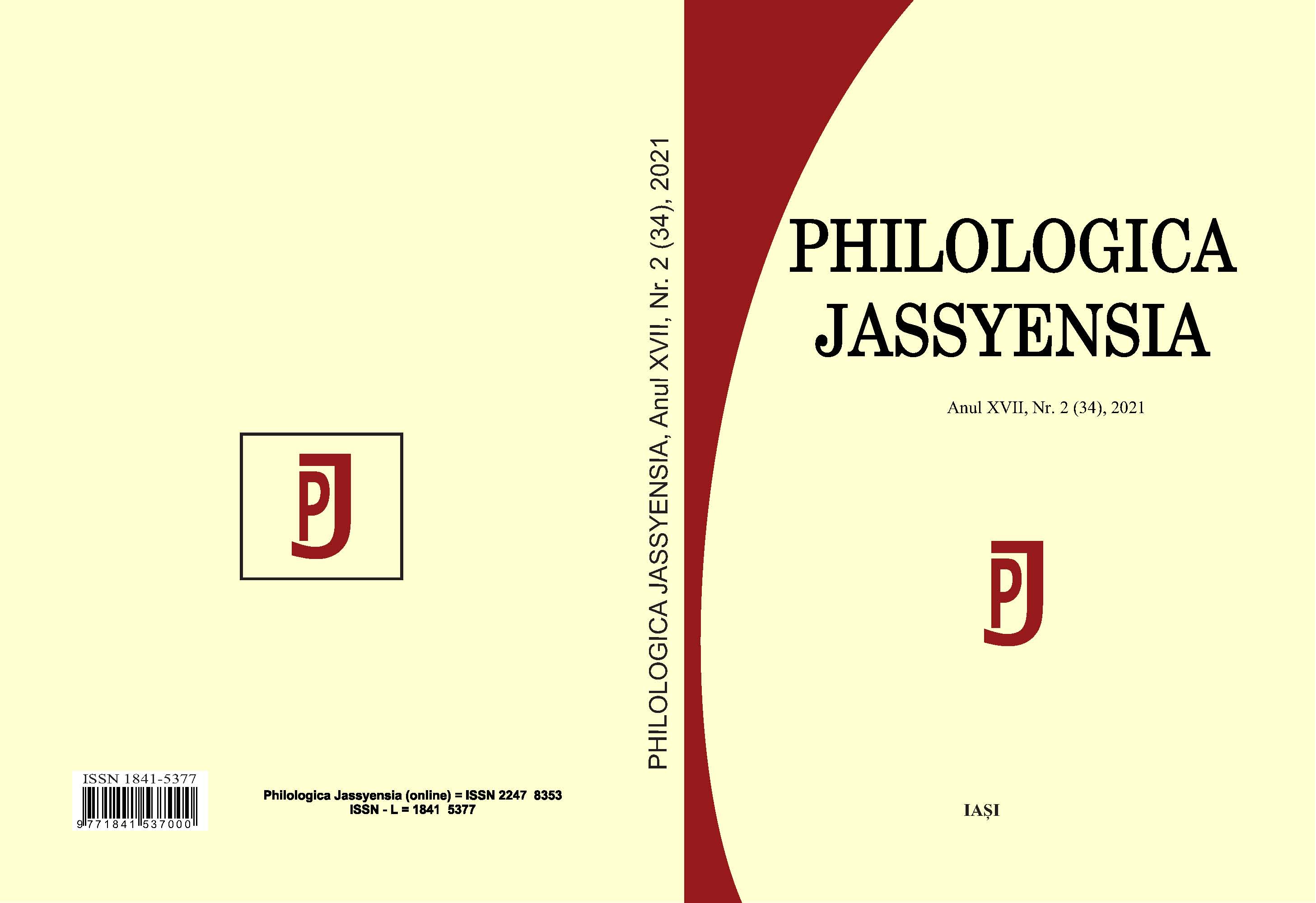Lingua romena e romenità
Romanian Language and Romanianness
Author(s): Alexandru-Laurenţiu CohalSubject(s): Language and Literature Studies, Sociolinguistics, Philology
Published by: Editura Tracus Arte
Keywords: Romanianness; Romanian language; nationalism; language policies; sociolinguistics;
Summary/Abstract: In researching the relationship between identity and language, the term 'Romanianness' describes a trend in thinking which is specific to socio-human studies and favours the comparative approach 'us' / 'them', or 'us then' / 'us now', through which identity features can be seen to change in time and space. The paper aims to discuss the linguistic dimension of Romanianness, reporting on the way in which ‘language’ is represented today as an element of the identity construct here called Romanianness, as compared to the initial moment of establishing the Romanian language as a national language, in the 19th century. From one historical phase to another, the Romanian state continued its centralist policies, including language related policies. What was motivated in Romania in 1859 by special historical circumstances, namely the need to quickly establish a strong and homogeneous state, with a view to gaining the allegiance of its new citizens, continued towards centralizing cultural and linguistic policies during the Communist dictatorship, and persisted even after its fall. In the period 19902020, in the Romanian identity landscape we witnessed the centrality of the Romanian language in the linguistic repertoire of its citizens, to the detriment of the stimulation of dialects or languages of national minorities. Over time, there has been a slight increase in ethno nationalism, as a result of the intensification of the dominant and homogenizing position of the Romanian language, as well as insufficient implementation of school multilingualism, in regions where national minorities live. With Romania’s access to the European Union, multilingualism policies have not produced positive changes relevant to the 14 minority languages, while the relation of the majority of citizens to the national linguistic repertoire and to Romanianness in general preserves almost unchaged the elements of the famous Herderian triad: ‘Ein Volk, ein Land, eine Sprache’.
Journal: Philologica Jassyensia
- Issue Year: XII/2021
- Issue No: 2 (34)
- Page Range: 11-24
- Page Count: 14
- Language: Italian

